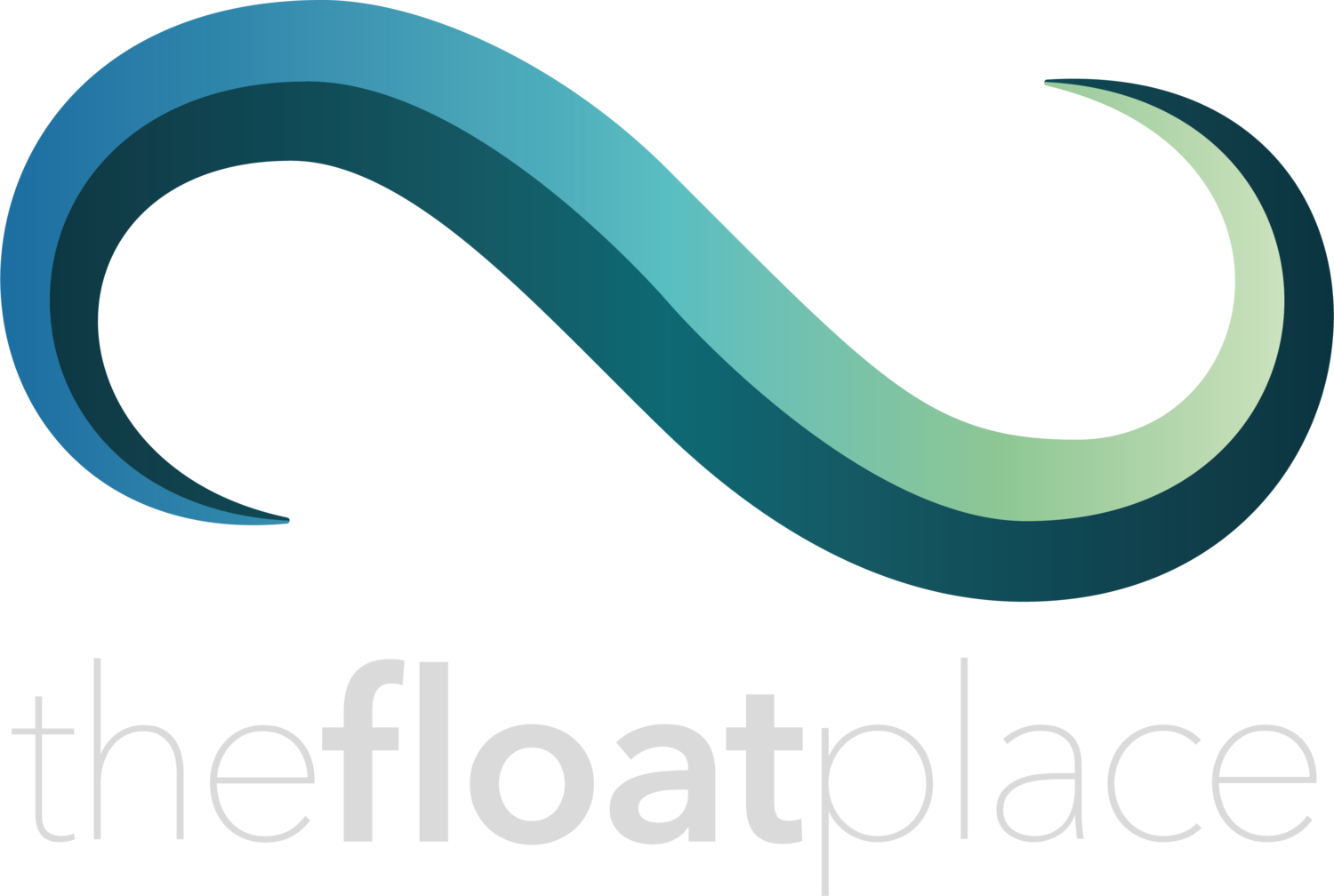+ Be Comfortable
- Experiment with how you position your arms to figure out what feels good for you (arms over-head with palms facing up, arms at the sides with palms facing down or up, arms across your chest, arms across your stomach).
- Relax your muscles starting from your feet and moving up to your head.
- Tilt your chin up so that the back of your head is floating and the water is framing your face. This should alleviate any tension in your neck.
+ Be Still
- Try to remain still and not generate momentum while you're in the float room.
- If you touch a wall, gently push off so that you don't bounce off from one wall to the other.
- The quicker the water settles, the quicker your mind settles.
+ Be Nothing
- Let go of any expectations you have for your float - expecting to see something or feel a certain way during your float can be distracting and frustrating.
- Clear your mind - try focusing on something (your heartbeat, your breath, etc) and when you catch your mind beginning to wander, bring your focus back.
- Let go of the concept of time - if you find yourself worrying about how much time you have left, distract yourself by focusing on your breath or counting back from 10.
+ Be Conscious of Your Breath
- Focus on taking deep breaths while you're settling into your float - breathing is a great relaxation tool that can help you unwind.
- Breathe in and out through your nose.
- Observe your breath - your breath will become shallow as you become more relaxed.
+ Be Present
- Be conscious of how your arms, hands, legs and feet feel - with no external stimuli coming in to distract you, your senses will be heightened.
- Take this time to observe any thoughts/emotions you experience.
Articles on "Tips for Floating"



